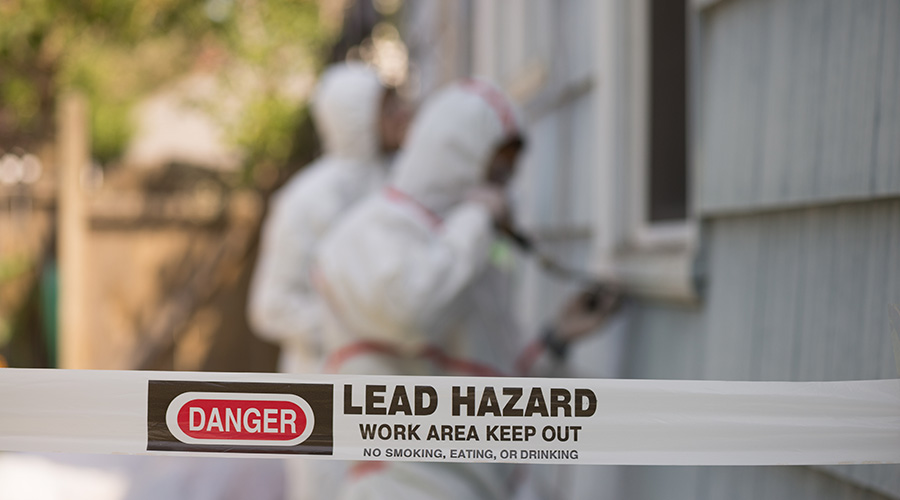EPA Proposes Expansion of Lead-Paint Requirements
To provide additional protection for children nationwide, the U.S. Environmental Protection Agency (EPA) has proposed that contractors and construction professionals doing renovation in child-occupied facilities that contain lead-based paint follow lead-safe work practices and have accredited training and certification.
To provide additional protection for children nationwide, the U.S. Environmental Protection Agency (EPA) has proposed that contractors and construction professionals doing renovation in child-occupied facilities that contain lead-based paint follow lead-safe work practices and have accredited training and certification.
In January 2006, EPA proposed training, certification, and work practice requirements for contractors who perform renovations in most pre-1978 housing.
The primary purpose of this supplemental proposal is to prevent the creation of new lead-based paint hazards from renovation activities in child-occupied facilities. The proposal defines a child-occupied facility in terms of the number of hours a child under age 6 spends there on a regular basis.
Child-occupied facilities can be located in housing or in public or commercial buildings. They include child-care centers, preschools and kindergarten classrooms. EPA's analysis indicates that renovation, repair and painting projects in child-occupied facilities that are likely to contain lead-based paint might affect up tos 916,000 children under age 6 annually.
Both proposals are components of a program that also includes training and an education and outreach campaign to promote lead-safe work practices. These programs were designed help meet the goal of eliminating childhood lead poisoning as a major public health concern by 2010.
EPA will take public comment for 30 days following publication of the supplemental proposal in the Federal Register.
For more information or to obtain copies of the proposal and supporting materials, visit
www.epa.gov/lead/pubs/renovation.htm.
Related Topics:











